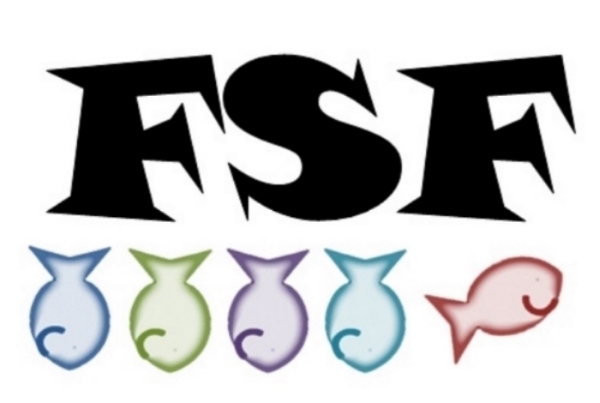Ed Wood - One of the greatest Tim Burton films of all time! This is a masterpiece of the artistic mind from the joys to the failures, the moments of genius and the crippling depression. Burton does an excellent job of making his movie look like a cheesy monster movie and everyone in it overacts on purpose. What makes this film really good is not historical accuracy (I’ve been led to understand that much of this is really toned down when it comes to alcoholism and personal relationships), but how it gives the feel of anxiety, failure, and rooting for the little guy. A delusional little guy.
If you are unaware, Johnny Depp plays Edward Wood Jr., the king of bad cinema who develops a friendship with an aging Bela Lugosi played by Martin Landau. Ed desperately wants to be the next Orson Welles, writing, directing, and starring in pictures. However, his slapped together together style and choice to hire actors made up of his friends and financial backers. Ed is optimistic, refusing to believe that his movies are terrible.
Wood’s big break in the story is Glen or Glenda, a movie close to his heart as it’s about a man who dresses as a woman, something that he’s been hiding from his girlfriend Dolores (Sarah Jessica Parker). The movie is filmed over a short period with Wood in the lead and Lugosi as a scientist. Ed uses all first takes, filming in locations where he has no permit, and fills in the in-between shots with random stock footage. He’s disappointed when he’s told it’s the worst film ever made. This does not seem to drag Ed down as he looks for people to invest in his next picture Bride of the Atom and the Bride of the Monster. He, Bela, and his group of friends who Dolores calls abnormal, try to convince the masses that his movies are worth it. Eventually, Dolores leaves him, fed up when he gives a better role in the Bride of the Monster to a woman who gave money to the production. The production suffers many problems like being thrown out a studio and having to steal an octopus prop. The biggest issue is Bela’s morphine addiction, the only thing that keeps him going as an out-of-work actor who feels forgotten by the world. The best scene is when Lugosi is swearing a blue streak about Boris Karloff.
Despite his own issues, Ed tries to save Bela after a suicide attempt, checking him into rehab and visiting every day. This is how he meets Kathy (Patricia Arquette), a young woman who doesn’t mind that Ed is a transvestite obsessed with angora and becomes his biggest cheerleader. Sadly, Bela passes after a final moment of feeling like an amazing actor where people ask for his autograph. There is a true feel of how Hollywood destroys people, leaving them behind as the next big trend comes along.
Spoiler alert: Ed convinces a church to give money for his most famous movie Grave Robbers from Outer Space (later called Plan 9 from Outer Space). He uses his last footage of Bela and tells a story around it, hiring Kathy’s chiropractor as a Bela double. The rest of the cast is made up of his usual friends, wrestler Tor Johnson, and camp TV personality Vampira. The more he films, the more the church leaders object and criticize. They ask him why he allows the cardboard tombstones to fall over on set and demand one of their church members be cast in the film. Ed has a breakdown, donning his favorite sweater and running to famed Hollywood restaurant Musso and Franks. Sitting in a booth is Orson Welles (played by Vincent D’Onofrio, but voiced by Maurice LaMarche). Ed runs over and the pair have a short but meaningful conversation about how studios and producers can destroy an artist’s vision. Welles says, “Visions are worth fighting for.” Emboldened by his hero’s words, Wood returns to set insisting that everything will be done his way.
The movie is not a happy, uplifting story of overcoming the system. Still, Ed Wood is the essence of a creative mind run wild. He’s too busy coming up with ideas and making them come to life in his own unique way to realize that he is not the brilliant man he thinks he is.
































